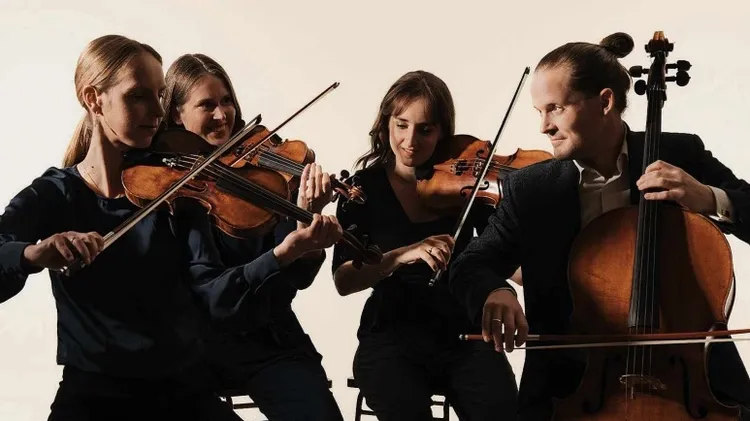The new House of Music is a magnificent addition to a city already teeming wi
Budapest hungary
3 min read
This article is from...
Read this article and 8000+ more magazines and newspapers on Readly






